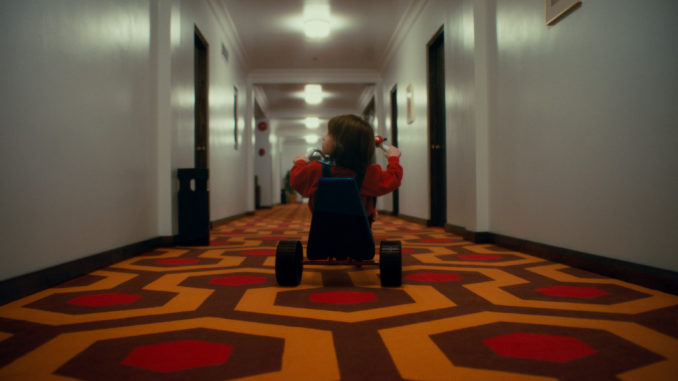
TMN film critic Gordon McPherson gives “Doctor Sleep” three and half out of five shots of whiskey.
“Doctor Sleep” is a thrilling — although campy — return to the devilish universe of “The Shining.”
40 years after the horrific events that transpired in the idyllic Overlook Hotel, Danny Torrance, played by Ewan McGregor, is an alcoholic haunted by the ghosts of his past. When Torrance communicates with a young girl named Abra, played by Kyliegh Curran, who shares his psychic ability to “shine,” they must work together to vanquish a gang of hipster vampires who want to vape their souls. Along the way, they must confront Torrance’s own tormented history.
First off, let me clarify a few things. No, I have not read Stephen King’s novelized versions of “Doctor Sleep” nor “The Shining.” I do, however, hold Stanley Kubrick’s 1980 film adaptation close to my heart.
Kubrick’s “The Shining” never fails to send chills down my spine and traumatize me for days on end after each viewing. His detached approach to the material lends the film an aura of mysterious malevolence, perfectly complementing Jack Torrance’s descent into insanity.
Director Mike Flanagan’s “Doctor Sleep,” on the other hand, does away with much of Kubrick’s anti-sentimentality and deliberate pacing. Flanagan opts for a faster paced, more character-driven story that tackles poignant themes without the unsettling atmosphere and ambiguity that rendered Kubrick’s film a horror classic.
As a result, “Doctor Sleep” emerges as somewhat of a mixed bag. Flanagan’s film sacrifices the major strengths of “The Shining” to infuse the proceedings with more character development, surreal action sequences, exposition-dumping and heavy-handed morals.
Nevertheless, “Doctor Sleep” remains highly watchable from start to finish, largely due to some emotionally impactful sequences and Flanagan’s eye for striking camerawork.
If anything, the film presents a successful continuation of Danny’s character arc. Plagued by addiction and emotional repression, Danny is a satisfyingly flawed and complex character who illustrates the film’s overarching themes of redemption, coping with trauma and remaining true to oneself — themes which Kubrick sidelined in “The Shining.” McGregor effectively conveys Danny’s suffering and personal growth, more so through his mannerisms than his dialogue, further illustrating his acting range beyond his iconic “Star Wars” role.
Danny’s bond with Abra feeds into both the film’s strengths and weaknesses. Suffice to say, without spoiling too much, their scenes together are sometimes reminiscent of a disturbing, blood-soaked superhero film — perhaps straying too far from the film’s horror roots.
Indeed, Flanagan’s attempts at horror set pieces are hit-or-miss. Scenes involving the vampire cult, led by the empowered but heavily sexualized Rose The Hat, played by Rebecca Ferguson, are drenched in both shock value and occasional unintentional hilarity. While Rose’s motivations are understandable to an extent — something which could not be said about other recent horror villains — Flanagan leans too heavily into her character’s supernatural aspects. Combined with her often laughable dialogue, Rose The Hat comes across as more comical than threatening. The other members of the cult are barely worth noting, not given enough depth to make them intriguing or beyond generic.
Even so, Flanagan’s camerawork throughout the film, especially during heightened reality sequences, is eye-popping. Scenes are often basked in moody, tonal lighting, with deep shadows and an omnipresent fog hanging over the characters. Flanagan even adopts some of Kubrick’s trademark steadicam style in a few nostalgic sequences later in the film — the nostalgia heightened by the film’s marvelously Kubrickian soundtrack.
Like “It Chapter Two,” “Doctor Sleep” is nearly three hours long. Regardless of the length, one wishes he would have slowed down a bit to emphasize certain emotional scenes and shots.
While “Doctor Sleep” likely won’t be remembered as a cinematic landmark, the film still proves viscerally entertaining without lasting side effects.
